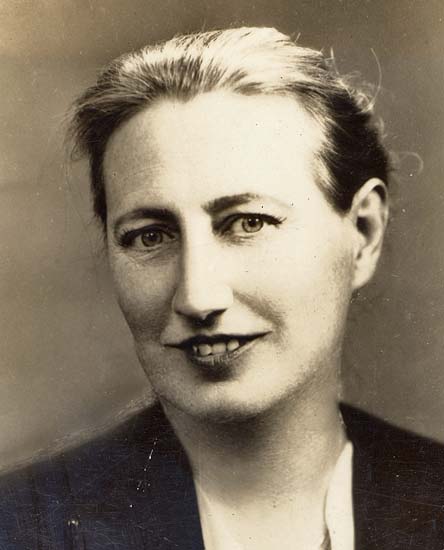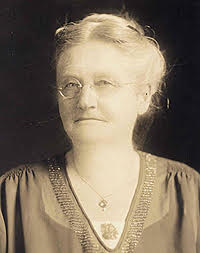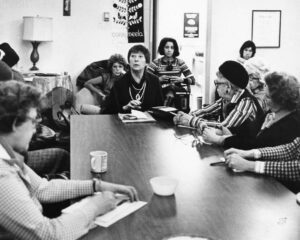Women’s International League for Peace and Freedom
Essay
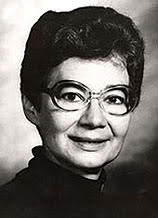
The Women’s International League for Peace and Freedom (WILPF), an international anti-war group organized in the aftermath of World War I, had a strong presence in the Philadelphia region due to the area’s Quaker and pacifist heritage. The Pennsylvania state branch of the league formed in January 1920 with 250 members. Throughout the 1920s, the branch grew to about five thousand members—nearly half the total number of league members in the United States. New Jersey women also organized a state branch in the 1920s. While membership peaked in 1938 with 14,084 members nationally, the organization continued to be an advocate for peace issues into the twenty-first century.
WILPF formed at the 1919 International Congress of Women held in Zurich, Switzerland. Women organized the congress so that women from both Allied and Central Power nations could call for diplomacy based on interdependence rather than global competition. After the women were barred from formal peace negotiations, they voted to transform the congress into a permanent organization dedicated to expanding the role of women in the peace movement.
State branches, made up of representatives from local branches, operated autonomously from the national WILPF. As long as their actions aligned with the organization’s object to promote international peace through cooperation, as well as interracial and interclass peace, branches could plan activities independently. In the early years the Pennsylvania branch saw itself as an important influence on the national organization. This influence was reflected in the decision to move the national headquarters to Philadelphia in 1946 when Mildred Scott Olmsted (1890-1990), former executive secretary of the Pennsylvania branch, became national administrative secretary. The national headquarters remained in Philadelphia until 2008. Several Greater Philadelphia area women also served as national president, including Lucy Biddle Lewis (1861-1941), Naomi Marcus (1927-2012), and Marii Hasegawa (1918-2012).
Disarmament and Civil Rights
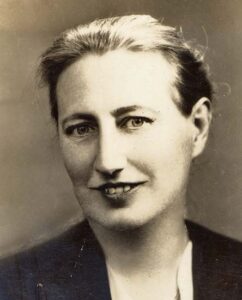
Two important parts of the WILPF’s national platform, which both the Pennsylvania and New Jersey branches worked on, involved disarmament and civil rights. The league advocated for disarmament from its inception through its support for measures calling for significant cuts in naval warship construction at the 1921 Washington Naval Conference. After World War II, the league’s disarmament work focused on nuclear arms. The New Jersey branch sponsored conferences about nuclear disarmament and petitioned against nuclear tests throughout the 1950s. Both branches collaboratively distributed 15,000 anti-nuclear leaflets in 1959 and 1960. Nuclear disarmament remained a priority in both states through the 1980s.
While much of WILPF’s work was internationally focused, the organization also paid attention to issues of domestic civil rights. Throughout the twentieth century, the organization struggled to attract Black women members. However, WILPF organized around issues affecting Black Americans and attempted to attract more Black women into the league in the 1920s. In 1928, the Pennsylvania branch reported sharing its peace program with Black churches and newspapers. Around this time, WILPF campaigned for Congress to pass an anti-lynching bill. During World War II, WILPF continued to organize around anti-Black racism. When Philadelphia Transit Company workers went on strike to protest the promotion of eight Black workers, the Pennsylvania WILPF called on the White House to end the strike. The branch also protested against the government’s treatment of Japanese Americans during the war and cosponsored the Friendship House, a hostel in Philadelphia that housed Japanese Americans released from internment camps.
As the civil rights movement grew in the post-war era, WILPF branches in New Jersey and Pennsylvania organized actions in solidarity with civil rights workers in the South. Both branches held demonstrations for slain organizers, hosted speakers from the South, and distributed books on Black history.
Membership Declines
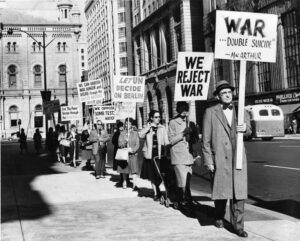
Pro-war sentiment during World War II and the anti-communist hysteria during the Cold War contributed to WILPF’s decline in membership in the second half of the twentieth century. By 1947, the U.S. WILPF had only five thousand members and was suffering financially. Similar issues plagued the state branches. The Pennsylvania state branch disbanded in 1966. In 1973, the New Jersey state branch disbanded, citing increasing expenses. Local branches continued to operate in both states into the twenty-first century and organized around events like the Iraq War and the 2009 G-20 Summit in Pittsburgh.
Despite its diminished size in the second half of the twentieth century, WILPF was one of the largest and most influential women’s peace groups. The large number of members in the Greater Philadelphia region made the area important to the direction of the national WILPF and the women’s peace movement generally.
Olivia Errico received her M.A. in Public History from Rutgers University-Camden, where she researched left-liberation coalitions in the Pennsylvania branch of WILPF. (Information current at date of publication.)
Copyright 2023, Rutgers University.
